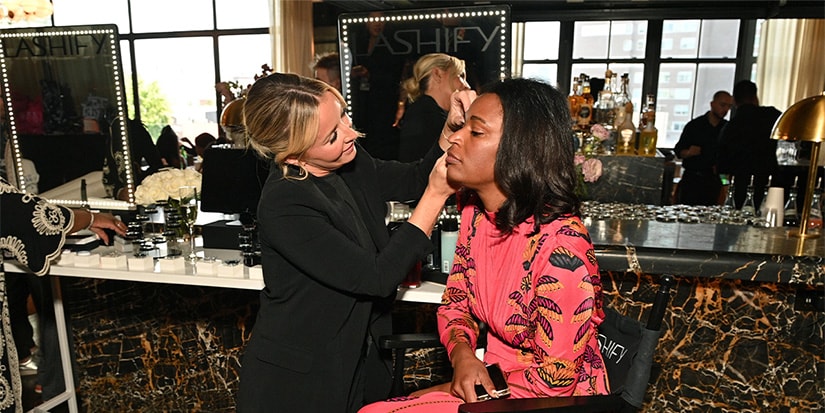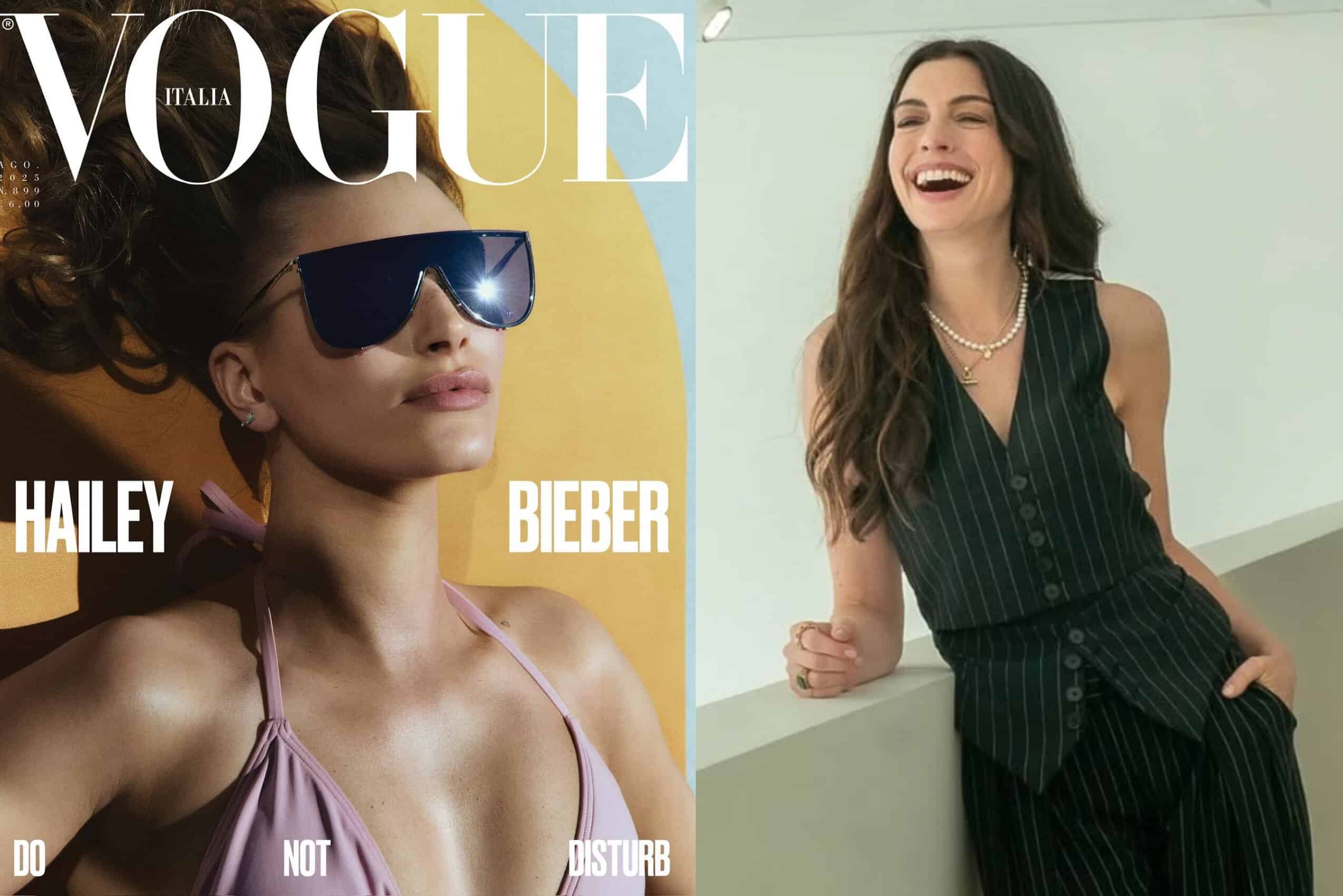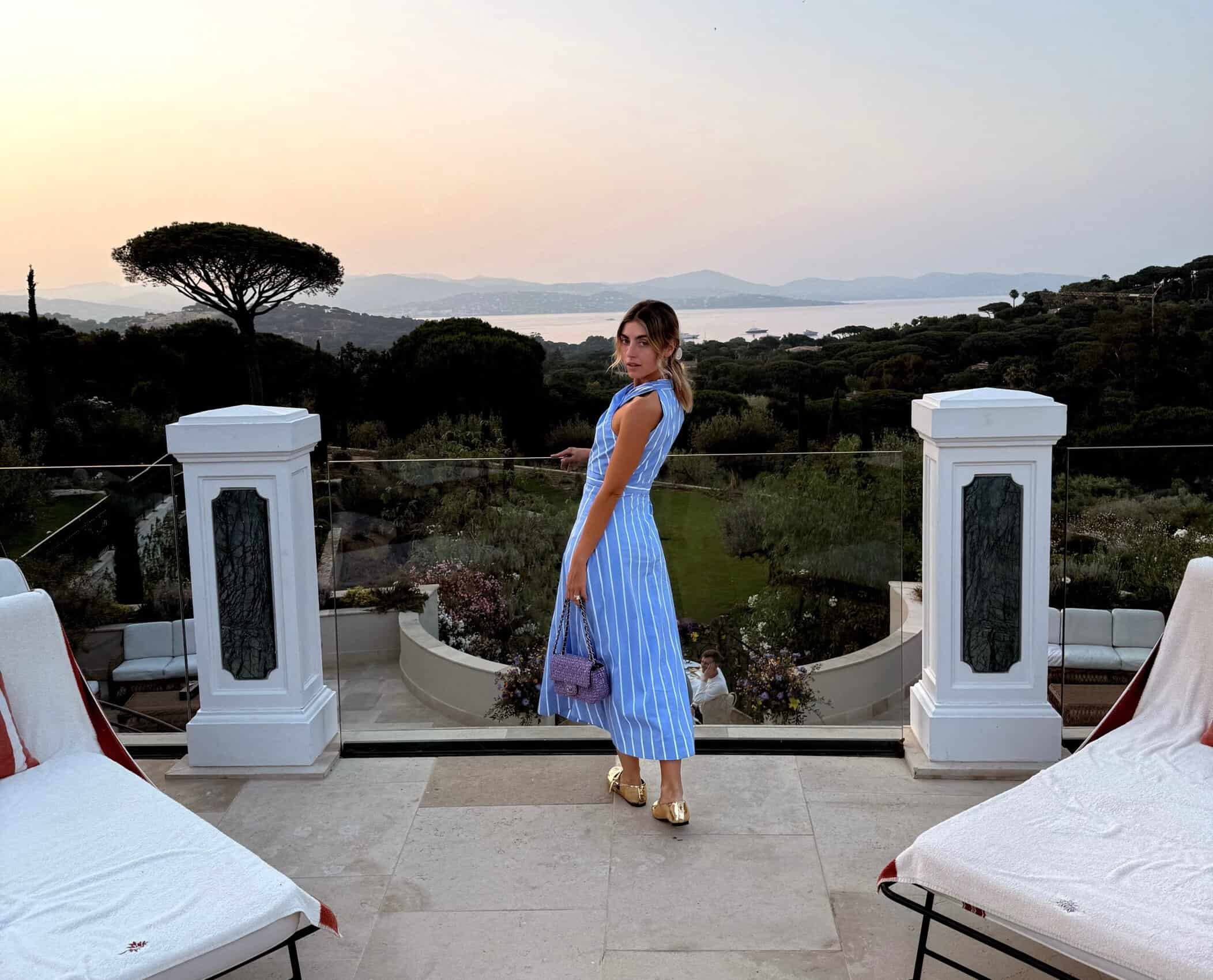Since ancient Egyptian times, women have groomed and enhanced their eyelashes. So, when false eyelashes were officially patented in 1911, they became a popular way for movie stars to emphasize their eyes in harsh studio lighting. Since then, lashes, in their many forms, have become increasingly accessible to the general public — with eyelash extension salons popping up in strip malls all over the U.S. and DIY lash kits topping the Amazon best-sellers list.
While strip lashes have always remained a prominent method for professional makeup artists and beauty fans alike, the emergence of eyelash extensions completely reinvented the way the beauty world saw lashes. For once, lashes were seen as an everyday thing — rather than a product reserved solely for special occasions. “The lash industry suddenly shifted to professional lash extensions,” celebrity makeup artist Amanda Gabbard explains to Hypebae, “Lashes became a lifestyle — everyone loved waking up ‘done’ and ready for the day without needing to put any makeup on.”
In the 2010s, eyelash extensions were considered a luxury service only meant to be carried out by professionals — but now, with the introduction of at-home lash systems, it’s easier than ever to upgrade your lash look. In fact, in 2018, Lashify hit the market as the self-proclaimed “world’s first and only DIY lash extension system.” In addition to attempting to set itself apart as the inventor of lash kits, the brand also claims to be the original creator of the lash cluster.
Unlike strip lashes, the history of lash clusters are a bit harder to trace back. Although one would be inclined to believe that Lashify’s patent is proof enough that the brand started the lash trend — there’s many reasons why the beauty community has attempted to disprove this. Above all else, Lashify persistently claims its the first brand to sell lash clusters, and doesn’t hold back when it comes to suing cult-favorite brands like uCoolMe Lashes. However, while Lashify first filed a patent for lash clusters in 2016, beauty experts recall using similar products decades before Lashify’s official patent was granted.
“Before the early 2000s, we were already using cluster lashes in the beauty world — especially as makeup artists in NYC during the late ’90s. Cluster lashes weren’t new. [We’d use them] backstage, in print and on red carpets. I remember working with them on clients like Brandy and Nia Long before they even had a name,” Dionne Phillips, celebrity lash expert and creator of D’Lashes, tells Hypebae.
@ruthyandthebrain $7 Lash Clusters from @Marshalls #lashify #makeupchitchat #blackbeautyinfluencers #grwm #makeuphistory ♬ Summer Background Jazz – Jazz Background Vibes
Similarly, Gabbard’s earliest memory of lash clusters was associated with renowned eyelash brand Ardell, “It was the early 2000s when I bought the Ardell cluster lashes for the first time and never looked back. It felt like the lash gods saw our struggle and began the cluster revolution.” The early days of lash clusters — pioneered by brands like Ardell and the Asian beauty market — were undoubtedly revolutionary in the beauty world, which is part of the reason why fans feel especially conflicted about Lashify’s current monopoly over lash clusters.
As a result of the backlash, Lashify has taken to TikTok to unapologetically defend itself — going as far as saying, “We literally created the first underlash with spikes omg. We’ve been here since 2017. U think Chinese dudes that don’t wear lashes are designing these? Seriously?” in a since deleted comment. Amidst a frenzy of heated TikTok comment exchanges between critics and Lashify’s unrelenting CEO, the general consensus was that Lashify was merely the first brand to market lash clusters to the average consumer — rather than the first ones to create them.
@hi.joanieee UCoolMe lash clusters will always be my go to! #lashclusters #lashes #lashify ♬ original sound – hi.joanieee | Content Creator
During the COVID-19 pandemic, access to salon professionals became nonexistent — so at-home lash clusters emerged as the go-to alternative. While lash clusters had already become well established in the beauty industry, they became even more well-known in DIY spaces. “Lashify’s biggest move was marketing. The product itself — clusters, applicator and bond — wasn’t revolutionary. It was how they packaged the experience. They gave consumers the confidence to believe they could do it all at home, even without professional skills. Lashify leaned into the ‘do it yourself’ movement that took off during COVID — and it worked,” Phillips says.
The pandemic solidified Lashify’s reputation as a convenient, at-home alternative to salon lash extensions. Yet, despite the brand’s marketing success, the beauty community remains largely unconvinced that Lashify truly invented the lash cluster, while the brand itself refuses to acknowledge the existence of lash clusters that came before them — keeping the debate very much alive.
While you’re here, read about Rhode’s new summer collection.



